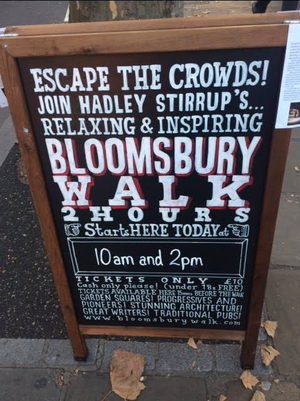 “I’d love to come on one of your walks.” “That’d be great, but there’s only one actually, in Bloomsbury.” If you have ever thought you might like to conduct a guided walk but have no qualifications beyond a love of a particular neighbourhood, my experience should encourage you. It is not false modesty to say that I am no expert: I don’t have a history degree or a Blue Badge, and frankly you wouldn’t even want me on your pub quiz team (watching QI, I find myself being impressed by how much Alan Davies knows, and he’s meant to be the thickie). In spite of this well-founded insecurity, in August 2016 I began conducting my own guided walk around Bloomsbury. 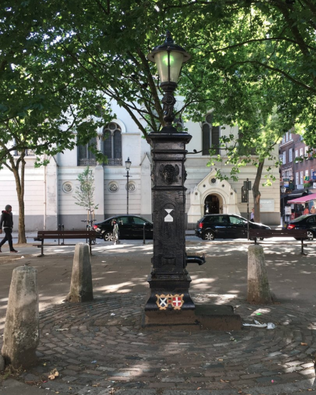 That was probably my first mistake, business wise, as most tourists have never even heard of the place (if only Russell Square tube was called Bloomsbury!) None the less six days a week I caught the 134 bus each morning from Muswell Hill to Bedford Square, before unlocking my A-Board advertising the walk in from its hiding place behind a telephone box (This didn't always hide it particularly well - one morning I was convinced some one had pissed on it!) and placing it on the pavement in front of the British Museum where I began the walk. I then joined the Chinese human rights protesters, Jehovah’s Witnesses, and Ghost Bus Tour and Fish and Chip Deal leafleteers to hand out my own flyers. The British Museum attracts over twenty-thousand visitors a day in summer, the majority of whom would have to walk right past me and my sign; I figured that if one in every thousand passers-by came on my walk, I could earn more than I did from teaching. Unfortunately, that plan didn’t take into account the significant proportion of those people who don't speak English: Italian teenagers or Chinese package tourists (for example) neither of whom were really my target audience. Owing to my non-existent business skills/laziness/lack of interest in self-promotion, in the few years since, I often found myself doing walking with tiny groups (the average was probably around three); the walk has failed to make me any more than pocket money and I now work as a supply teacher to pay the bills, yet it has definitely been the most enjoyable and rewarding thing I have ever done. This is mostly because, without blowing my own trumpet too noisily, the small numbers of people who were interested really seemed to love it, as evidenced by many kind comments, rounds of applause, generous tips (Americans, you rock!) and lovely reviews on Trip Advisor. When planning the walk, one bit of advice I kept getting was that it had to have a theme, probably to do with Virginia Woolf and her coterie, as if people have heard the name “Bloomsbury” at all, it is usually in the term “Bloomsbury Group”. It had to be about literary figures or architecture or political activists or something, not just a whole area, especially one that doesn’t even have a tube station named after it. It DOES have a theme, I’d insist: it’s about Bloomsbury! I wanted to talk about the cabmen’s shelters on Russell Square AND the heroic SOE agent, Noor Inayat Khan, the Ladies’ College AND Gay’s the Word bookshop, the 7/7 bus bomb on Tavistock Square AND Thomas Coram. In the end I relented a bit and subtitled the walk (after at least 20 edits) “Peaceful Squares and Pioneers”, which gave a vague flavour of what it was about whilst being general enough to encompass anything I fancied talking about. I’m unusual in this respect, but I prefer a walk without a strict theme beyond the place itself, as the richness of London for me lies in the riotous mix of associations you can find in a single street. I am easily distracted, so even if I am on Dickens’ tour, I want to know about that fabulous art-deco building or charming greasy spoon (and incidentally, I do not want to stand in front of a 1980s hotel car park while listening to a lecture about something the great man did once in a building which used to be here). In the end I think my initial lack of expertise worked in my favour. I trusted that things which struck me as interesting were likely to appeal to other non-experts, too, whereas the obsessions of specialists can seem dull to outsiders. Above all, what really benefitted me in the long run was the ridiculous amount of time I devoted to strolling around the area, with a little notebook, then planning a route. Anyone noticing me pacing back and forth, staring up (the usual advice: look up!) and down (coal holes!) and constantly retracing my steps, obsessing about where I should stand and what way visitors should face, may have pitied me as someone who’d lost it a bit. In my cheap notebook I noted anything which caught my eye: plaques and statues, attractive or quirky buildings, old signs, features such as coal holes, dates written anywhere, boundary markers, boot scrapers and link-snuffers, lovely trees and “desire paths” across the grass, graffiti, street or building names, interesting shops. When it came to planning a route, above all I wanted it to be one that would be lovely to walk even without commentary, if you were alone or with a friend. Bloomsbury is not all lovely Georgian squares – it also has some depressingly grim buildings and tacky shops, and obviously I wanted to steer clear of those. My aim was to give people a sense of many associations in the area, to make it seem peaceful and beautiful, yes, but also inspiring and vividly alive with the “ghosts” of extraordinary people and links across time. Here on Marchmont Street is the first gay bookshop in London opened in the year Margaret Thatcher became Prime Minister, and here on the same street is where Kenneth Williams lived for many years – oh, and Virginia Woolf shopped here and wrote in her diary that the street “reminds me of Paris”…oh yes and Lenin stayed just round the corner in order to research communist theory in the old British Library, where Marx wrote too and we began the walk. Some people have asked me if it gets boring talking about the same thing over and over, but it really doesn’t, as the audience is always new and the atmosphere never the same. The walk has given me countless happy memories: for example, when I began in 2016 the cabman’s shelter cafe on Russell Square (still exclusively for taxi drivers inside) was run by a charming Italian man, Roberto, who sadly has since returned to Italy: when he saw me arrive with guests he would often welcome them warmly, usher them for a peep inside the tiny café (usually a secretive preserve of taxi drivers) and offer them a small slice of his delicious home-made pizza. I miss him. When I lead people to a quiet corner of Gordon Square to show them the stunning bust of SOE agent Noor Inayat Khan and tell her story, people often appear moved, and I still feel genuinely emotional when I finally read the plaque mentioning that she was killed at Dacau. I love telling people about a heroine most have never even heard of, and I have had some really touching moments there: for a while, a man who appeared to be homeless seemed to have chosen a space near her statue as his temporary residence, keeping the area around litter-free, arranging poppies and flowers neatly and seeming almost to be in love with her. On another occasion (her birthday, it turned out) my group seemed moved when a male gardener or street-cleaner approached to leave flowers by the statue while I was talking. So many lovely things have happened… Once while I was telling a group of three women about Thomas Coram’s Foundling Hospital and the Handel connection, an elderly woman approached to inform us that her own father had been a foundling, left there in 1913: that he had always spoken fondly of the place and became a professional musician. Another time a man smoking a fag opposite the Great Ormond Street Children’s Hospital approached me and the two Irish guys on my tour: he told us that he’d just found out his daughter was going to be fine. We all hugged and cried, before continuing the tour. Unfortunately I have not found a way to make a real wage from being a walking guide, yet every stage of the experience has proved rewarding and enjoyable. Sometimes just one person has turned up for a walk, which has seemed an awkward situation to me at first (especially if it’s a woman), with people usually suggesting it can’t be worth my while, but my insisting we go ahead so long as they want to. I recall one walk with an elderly Parisienne woman which lasted about four hours as it was a perfect summer’s afternoon and she kept requesting to stop on benches to rest, where we discussed Bloomsbury and her fascinating life. So many times, with many delightful people from Britain and around the world, sharing some of the beauty and richness of my city on foot and talking about our lives and thoughts in between felt magical; money isn’t everything, and it is hard to imagine a lovelier way to pass the time. To find out more about Hadley and his Bloomsbury walk why not visit his website www.bloomsburywalk.com
1 Comment
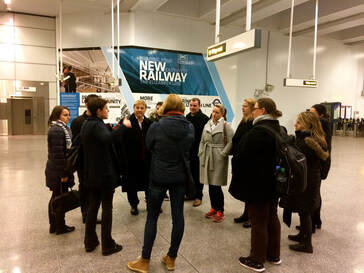 So over at peculiar we've been a bit quiet lately not going to lie its kind of hard to keep the enthusiasm levels up when it's looking increasingly likely that we won't be able to run any events until Halloween However if nothing else it gives us a chance to reflect on the time we've been operating and the range of people of different ages, backgrounds and nationalities that have come along on our tours over the past couple of years, interestingly it seems if you run a ghost tour a people tend to bring to the spooky stories to you, and I have to say heard a few tales that are absolutely chilling, so I thought I would share the best ones with you...... Mulled wine..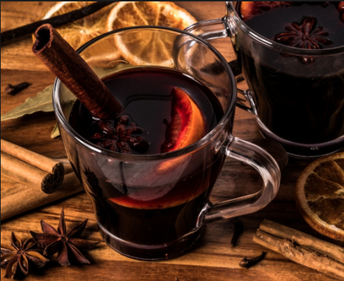 One October I got chatting to a very nice middle aged couple from Muswell Hill, (North London) who had joined us a guests on the Halloween pub walk. As I know the Muswell area quite well I asked them where about's? 'Cranleigh gardens' they told me 'Oh boiled head road!' I replied, as Cranleigh Gardens is nicknamed locally due to its notoriety as the former home of 1980's serial killer Dennis Nilsen. Who would lure young men back to his flat before strangling them, chopping them into pieces and boiling the bodies and disposing of them down the drain (He was eventually caught when a neighbour complained to the council that the drains were blocked!) The couple told me that they had moved to the area in the late 1970's when Nilsen was in residence and had actually known him, apparently at that time Cranleigh gardens was mostly families with young kids and so people were a lot more community minded, 'Everyone knew everyone' they explained, and every Christmas there would be a street party, to which Dennis Nilsen used to come along and get involved. They described being pleasant enough, obviously gay, and a bit quiet maybe but nothing to set alarm bells ringing. But apparently every year when they were planning the Christmas party he would volunteer to do the mulled wine. 'It was his thing' the wife continued ' I remember it so well, he would come along and he'd have all the ingredients, and his gas ring, and his big metal cooking pot and he'd do mulled wine for everyone.' 'But' the husband interjected 'this is where it gets a bit nasty because when he was arrested it was that very same cooking pot that police took away as evidence, turns out that what he'd been using to boil up the bodies'.... Alan Gilbey is a genuine East End native who has been doing guided tours for over 20 years, he has also written a book called East End back passages which I found when researching our (sadly postponed) Docklands Tour, I was instantly hooked, the book stayed in my bag for weeks and more than once made me miss my miss my tube stop or go out of my way to walk down random side street to check out something that Mr Gilbey had mentioned. East end back passes is witty, informative with the kind of insights can only come from a life time spent in London's East End. I really hope to be able to check out one of Mr Gilbeys tours once all this madness is over!
London has always been a city with a strong music scene, test your knowledge with our music trivia quiz This blue plaque always makes me smile, high above the hustle and bustle of Camden (Or what used to be the hustle and bustle of Camden!) an unassuming plaque for 'pugilist' Tom Sayers, who was he you ask? well I happen to know the answer to this from my days as a volunteer guide at Highgate Cemetery where Mr Sayers final resting place was a stop on the tour.
Tom Sayers was a champion bare knuckle boxer, basically the Muhammed Ali of Victorian London, almost undefeated during his 10 year career. Although he was only 5ft8 and weight just 150lbs he frequently took down much bigger competitors (boxing in those days had no formal weight divisions.) as men his own refused to take him on as they considered him 'too dangerous to fight'. The pinnacle of his career was in 1860 when he accepted a challenge to fight American undefeated boxer John Camel Heenan. The fight attracted so much publicity that was parliament was cut short so MP's could attend the match. With undefeated reputations and national pride at stake neither side was going to back down easily the fight went on for over two hours and was eventually declared a draw after 37 rounds. Sadly for Sayers after a decade of taking punches his health was deteriorating and he was forced to retire soon after. As there was no pensions or NHS in those days his fans had a whip round and came up with £3000 the equivalent of about £300,000 in todays money so he could retire in comfort, but he died a few years in 1865 later, aged just 39. As he was still such a huge celebrity the funeral procession was one of the longest ever seen, people lined the streets all the way from his home Camden all the up to Highgate cemetery to pay their respects. Sayers father and two children lead the procession but the chief mourner was his pet dog 'Lion' who was decked out in a black ruff for the occasion, when Sayers coffin was lowered into the ground 'Lion' lay on his masters grave and howled, and so a statue was of the mourning dog was erected in his honour and still guards Sayers grave to this very day. |
peculiar londonInteresting bits of London history and news of our tours and events Categories |
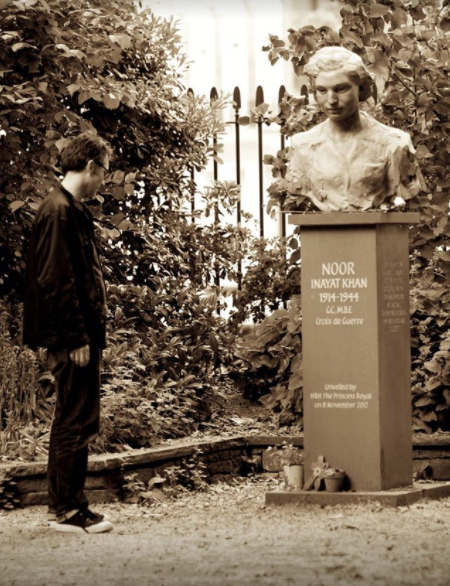
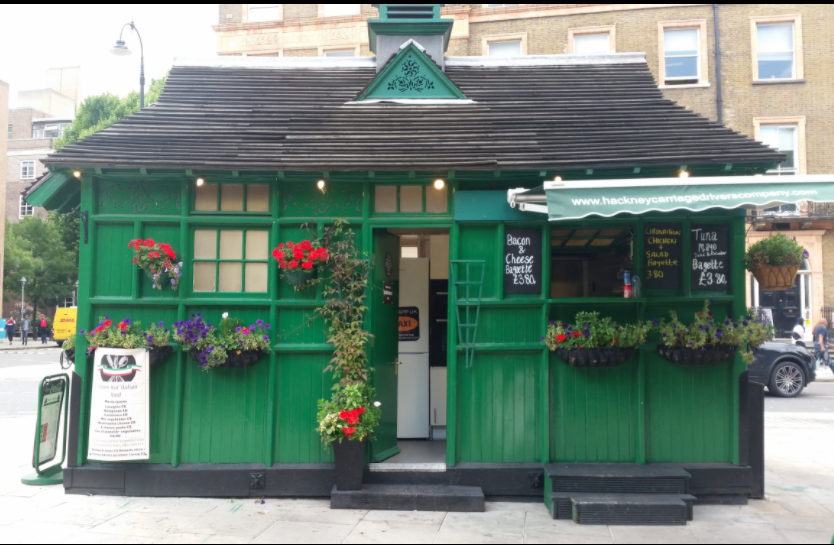
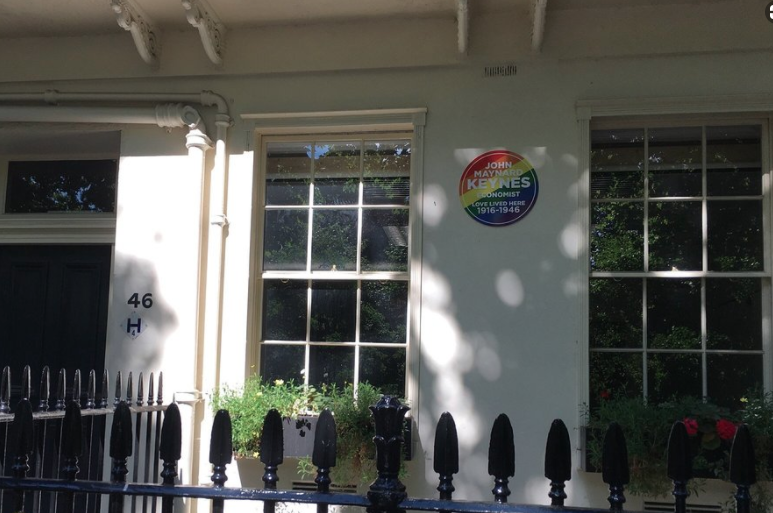
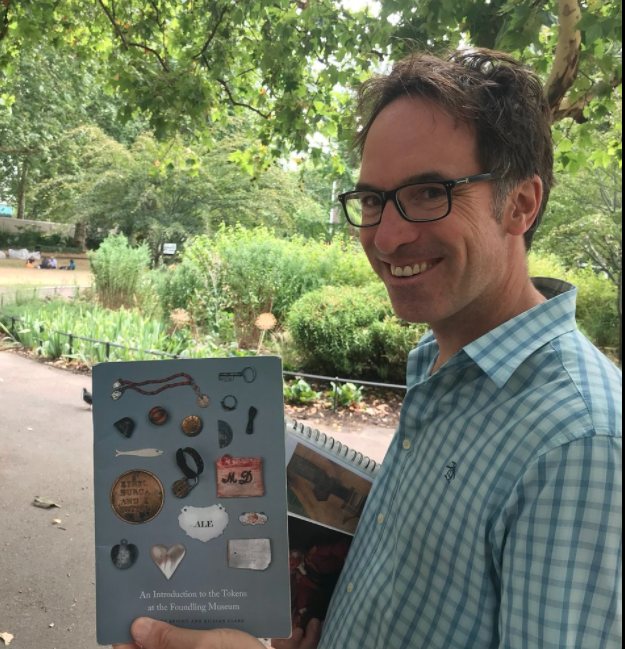
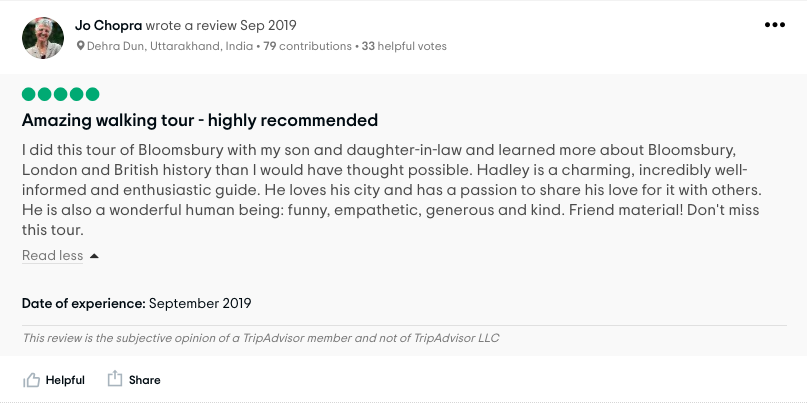
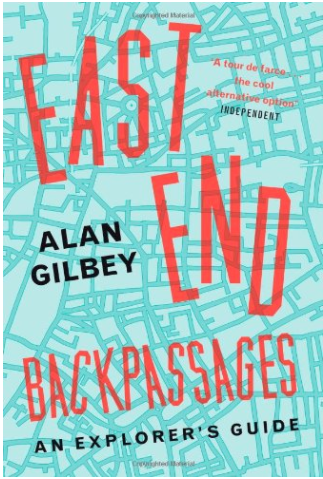
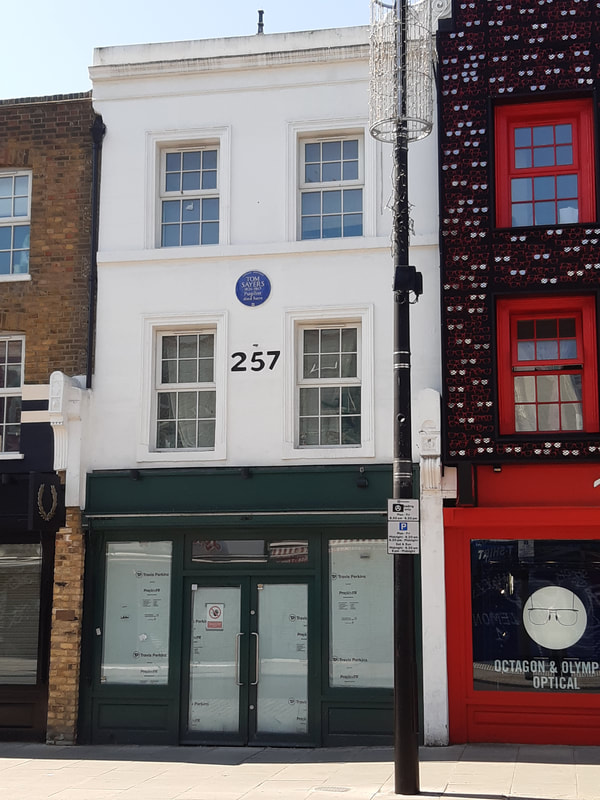
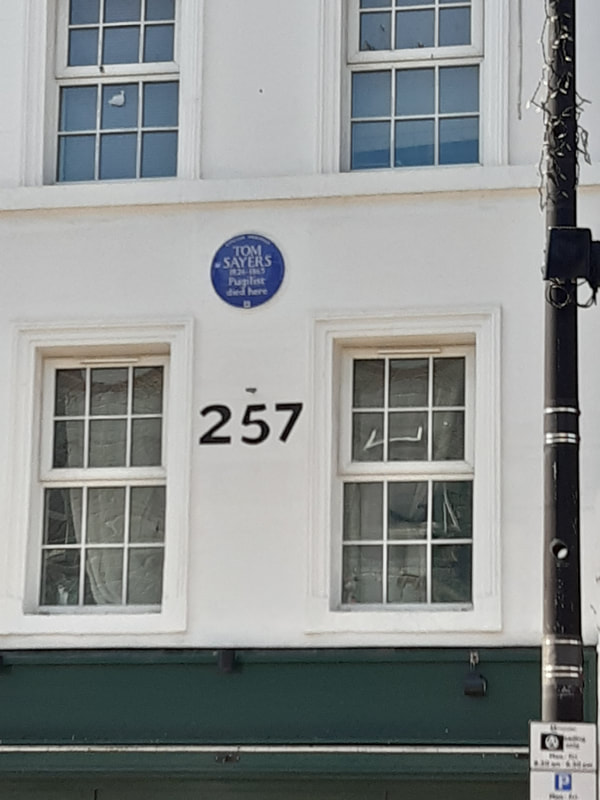
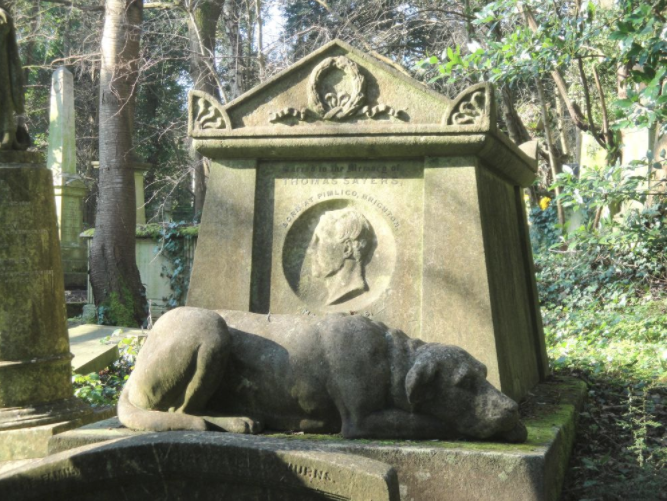
 RSS Feed
RSS Feed